The Vital Role of Aircraft Dispatchers
Aircraft dispatchers serve as the ground-based pilots, exercising operational control and sharing equal responsibility for the safety of every flight. Their comprehensive expertise spans meteorology, navigation, aircraft performance, and regulatory compliance.
Core Responsibilities

Flight Planning
- Analyze weather patterns and forecasts
- Calculate optimal flight routes
- Determine fuel requirements with reserves
- Evaluate aircraft weight and balance
- Consider alternate airports and contingencies
- Ensure compliance with all regulations

Flight Monitoring
- Track aircraft position in real-time
- Monitor weather changes along the route
- Communicate with pilots via ACARS/radio
- Coordinate with air traffic control
- Adjust plans for changing conditions
- Document all operational decisions
Emergency Response
- Coordinate diversion planning
- Arrange emergency services
- Communicate with multiple agencies
- Provide critical decision support
- Manage passenger connections
- Ensure regulatory compliance
Critical Decision Areas
Weather Analysis
Dispatchers are expert meteorologists who analyze complex weather patterns, interpreting everything from surface observations to upper-level wind data. They must predict conditions hours in advance and plan accordingly.
Fuel Planning
Calculating precise fuel requirements involves analyzing route efficiency, weather impact, traffic delays, and regulatory reserves. Dispatchers balance safety margins with operational efficiency.
Aircraft Performance
Understanding each aircraft type’s capabilities and limitations is crucial. Dispatchers calculate takeoff and landing performance, considering runway conditions, weather, and weight restrictions.
Regulatory Compliance
Navigating complex regulations from multiple authorities (FAA, ICAO, foreign governments) requires extensive knowledge. Dispatchers ensure every flight meets all applicable requirements.
Technology and Tools
Flight Planning Systems
Advanced software calculates optimal routes considering weather, traffic, fuel burn, and operational constraints. These systems process millions of data points to find the best flight path.
Communication Networks
ACARS, satellite communications, and traditional radio keep dispatchers connected with flights worldwide. Real-time data exchange enables proactive decision-making.
Weather Systems
Sophisticated weather analysis tools provide radar imagery, satellite data, pilot reports, and predictive modeling to help dispatchers avoid hazardous conditions.
The Impact of Excellence
When dispatchers excel at their role, the results are measurable:
Enhanced Safety
Multiple decision-makers reduce the risk of errors and oversights
Operational Efficiency
Optimal routing saves fuel and reduces environmental impact
Passenger Satisfaction
Better planning leads to fewer delays and smoother operations
Cost Management
Efficient operations reduce unnecessary costs while maintaining safety
